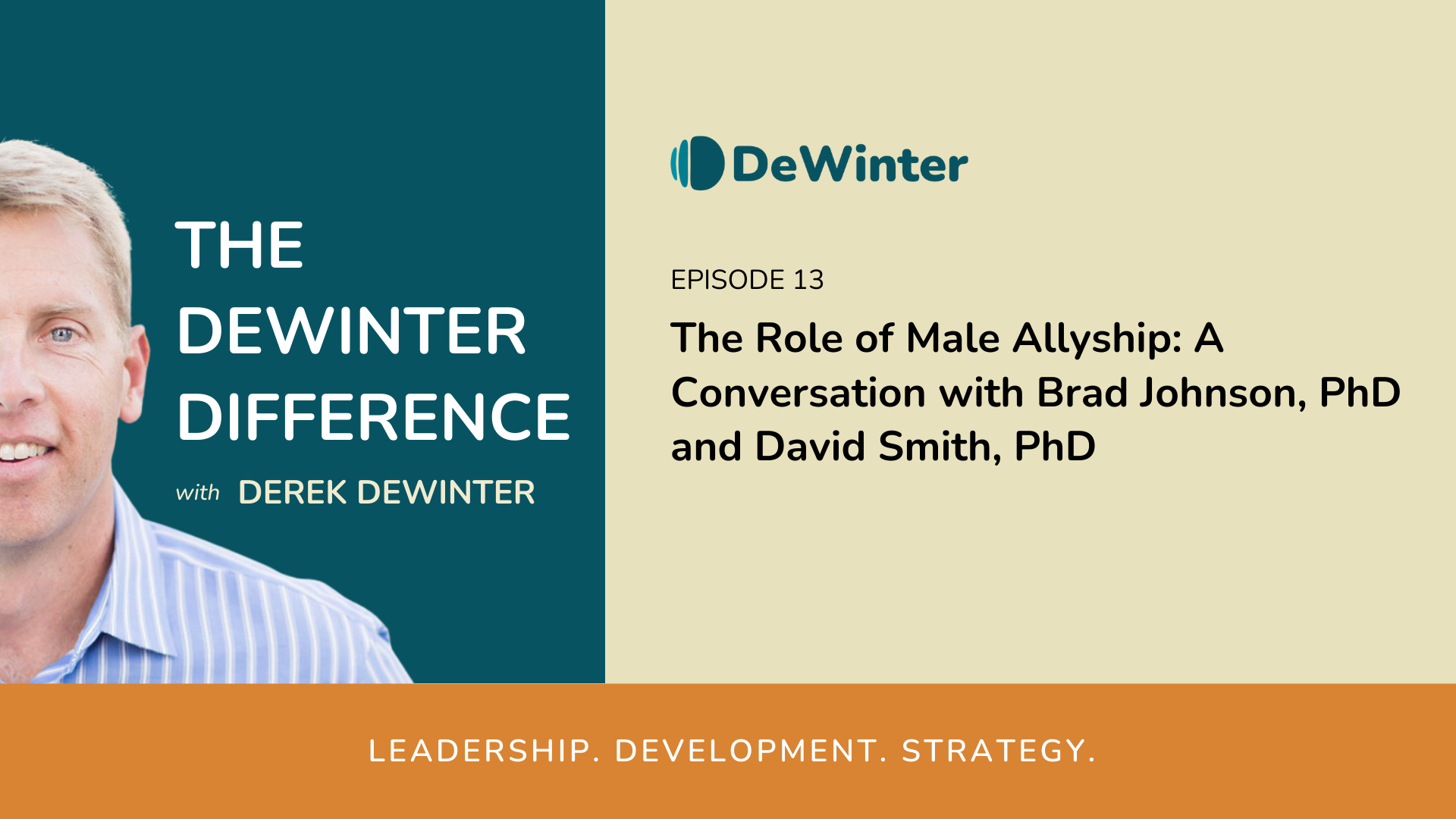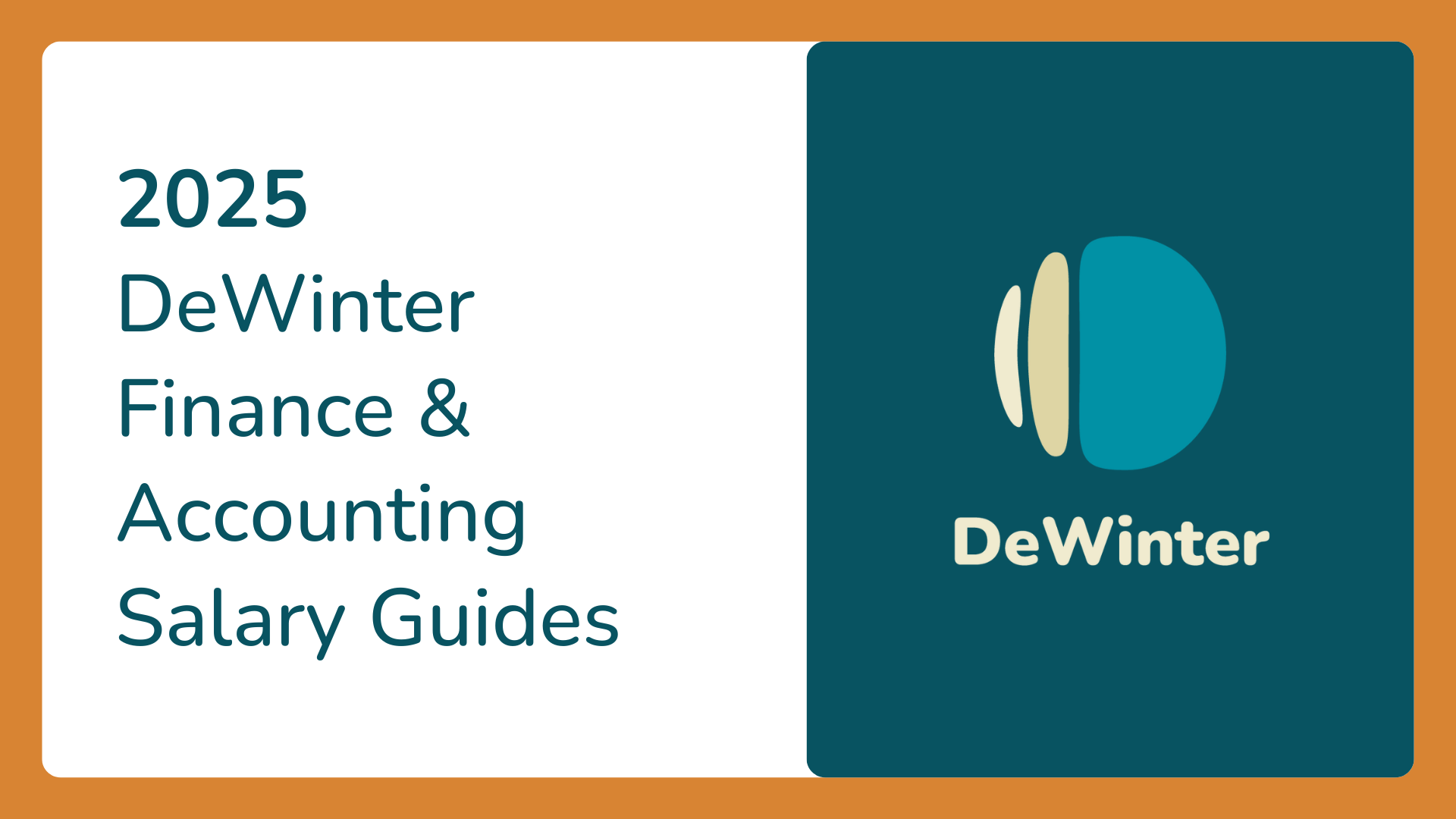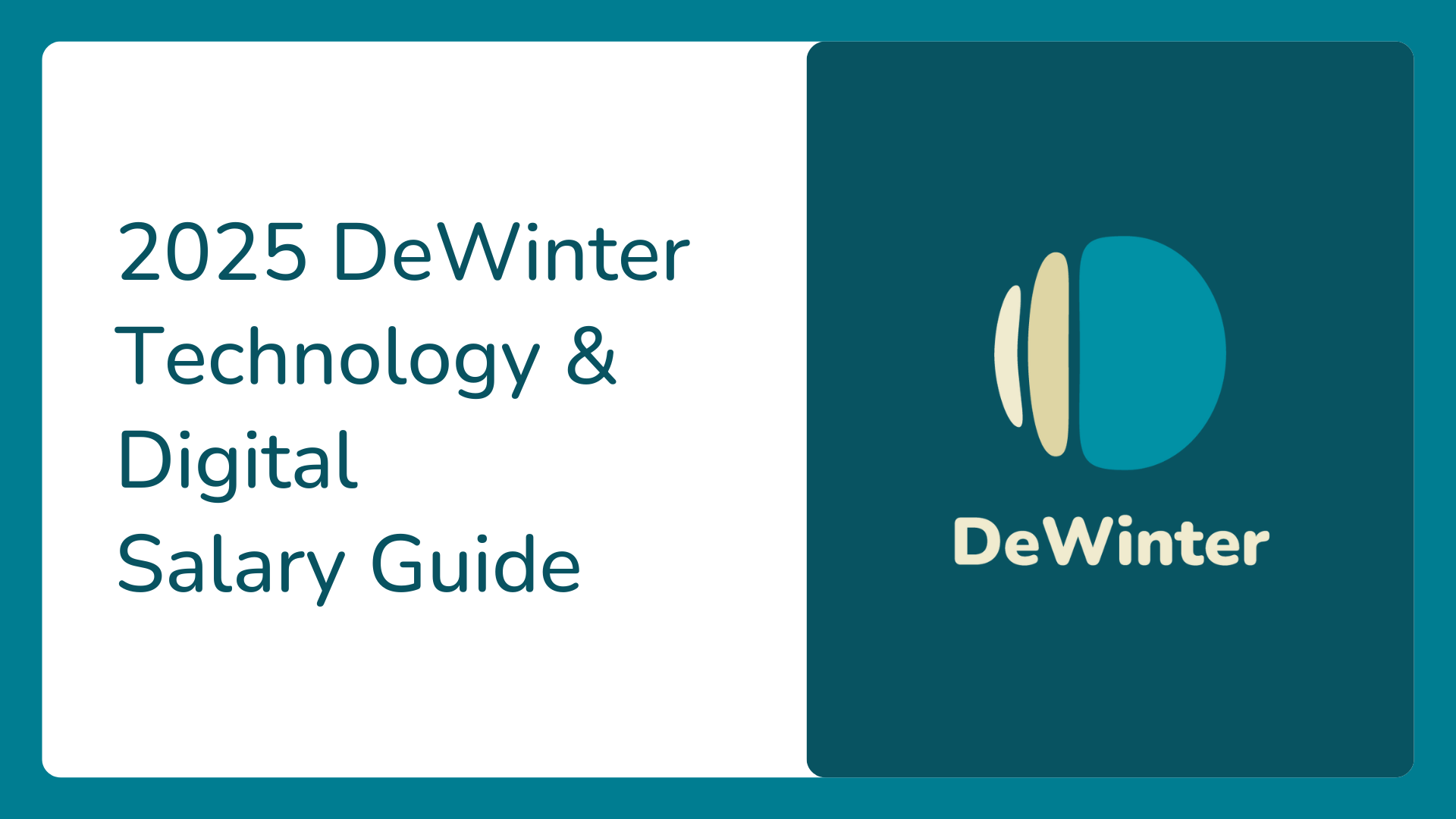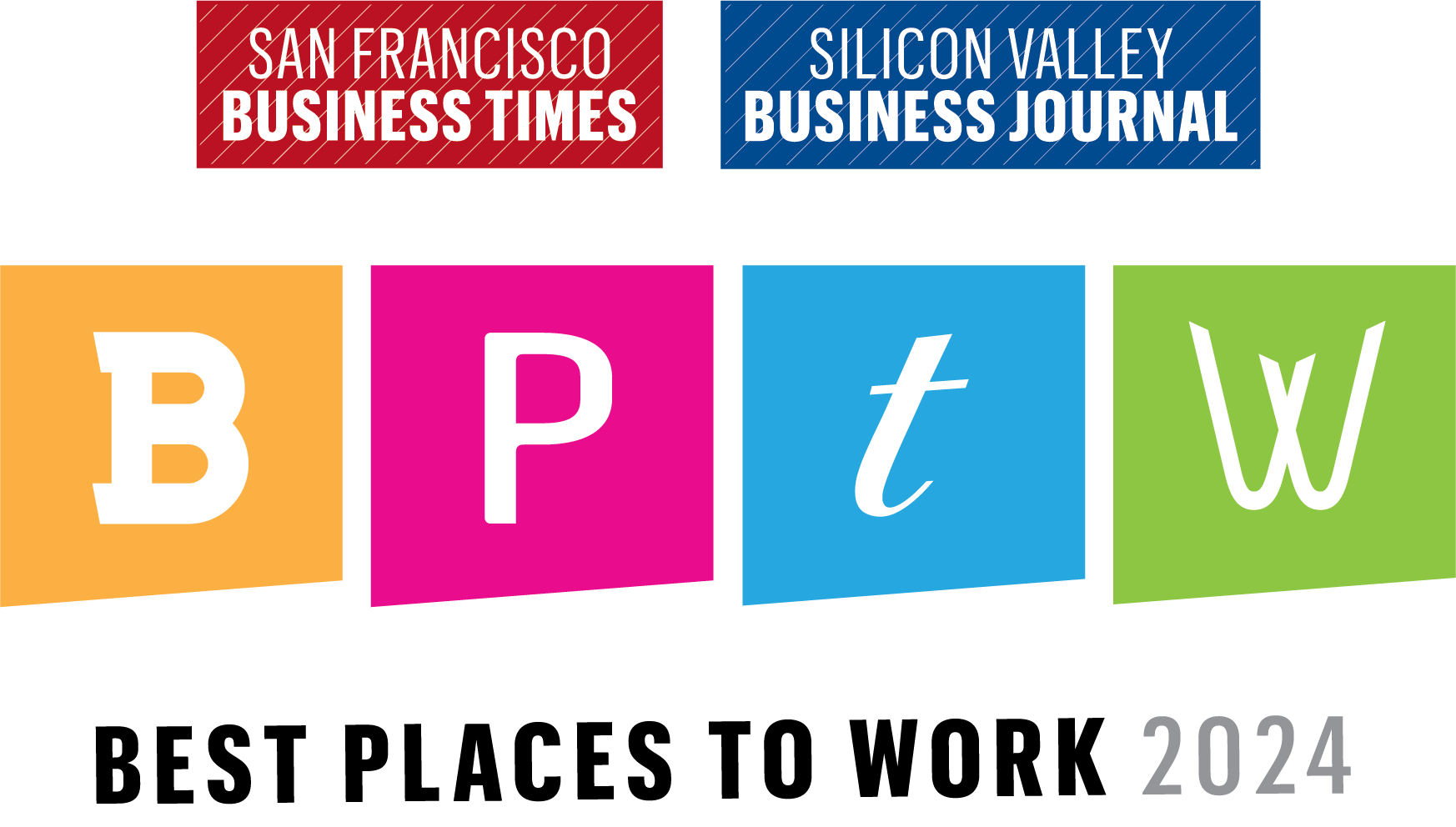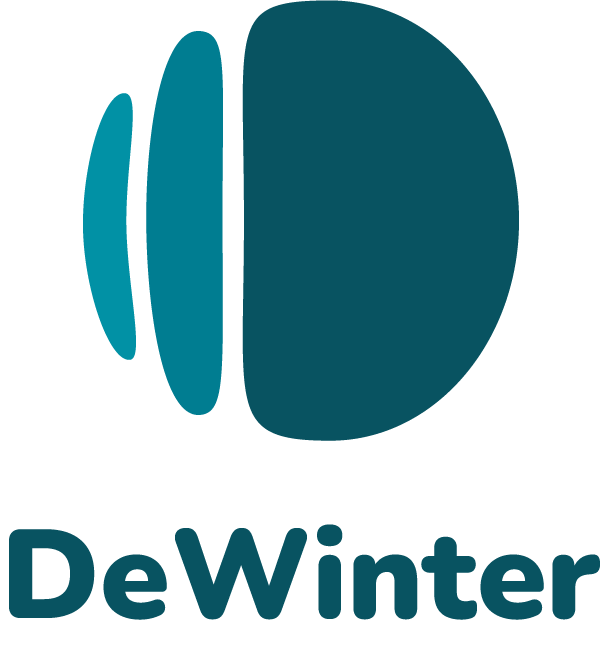3 Reasons You Need To Be A Better Data Storyteller in 2020
Data is an invaluable tool for any modern business. Through the meticulous collection and analysis of data, professionals can visualize progress in any given domain and carefully adjust trajectories towards the goals that we are aiming at. For data to be felt at a visceral level, however - in other words, to ensure that it’s able to achieve its intended goal of driving our mission forward - it must be communicated as a story.
What does it mean, exactly, to be a data storyteller? Think of it this way: left to its own devices, raw data is just numbers on a spreadsheet, points on a graph, or percentages taking up a particular portion of a chart. It’s messy and vague unless you happen to be one of those people who are specially trained to read between the lines and find the patterns.
When it is framed as a story, on the other hand, one that can be directly related to the broader goals and interests of the audience - then data suddenly acquires the catalytic ability to drive action and accelerate momentum. Data storytelling is nothing less than the ability to establish an emotional connection between the chaos of raw data and the continued pursuit of a collective goal.
Still not convinced? Here are three more reasons why data storytelling will continue to be an invaluable skill in 2020:
- It builds stronger connections between people. For thousands of years, storytelling has been one of humanity’s core strategies for fostering social relationships. Here is a modern example: a recent analysis of the 500 most listened-to TED Talks found that stories composed no less than 65% of the total content. To this day, stories (including stories extracted from data) are unmatched in their power to draw people closer together.
- Information becomes significantly more memorable when communicated as a story. A recent study conducted at Stanford University found that only 5% of participants were able to remember a single statistic. In contrast, 63% of participants remembered the details of a story. That is a significant difference, and it has enormous (and obvious) ramifications for how we should be conveying information to our colleagues and our teams.
- Stories make it easier for people to make decisions quickly. Recent neuroscientific research has demonstrated, pretty incontrovertibly, that people tend to make decisions based on emotion more than on pure logic. We like to think of ourselves as purely rational creatures, but the science shows that we’re not nearly as free from the sway of emotion as we typically believe ourselves to be. If data is representative of the purely logical and analytical part of our brains, then stories are the vehicles of emotion. The quickest way to drive decision-making and ensure forward progress, therefore, is to employ the emotionally-resonating power of stories.
